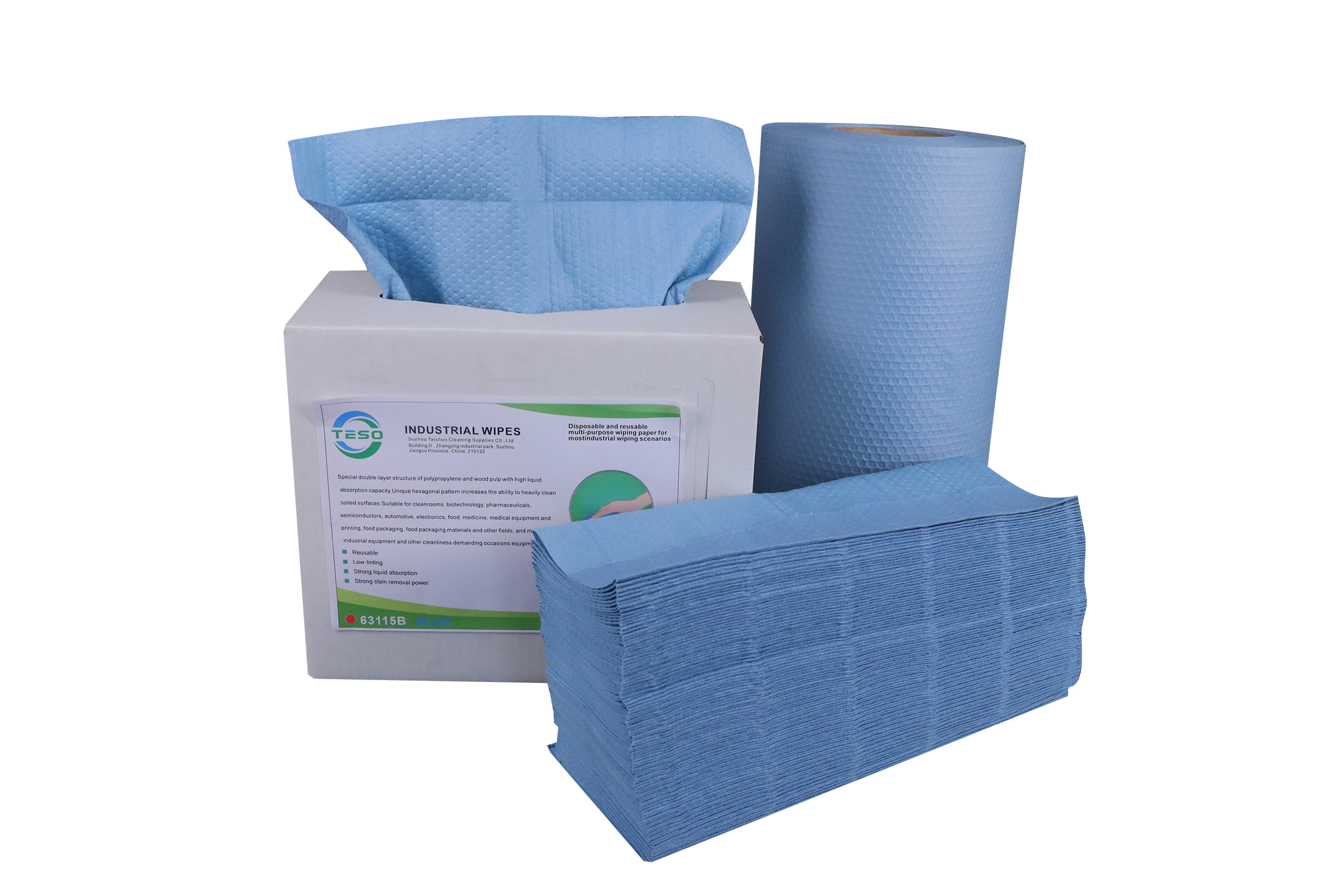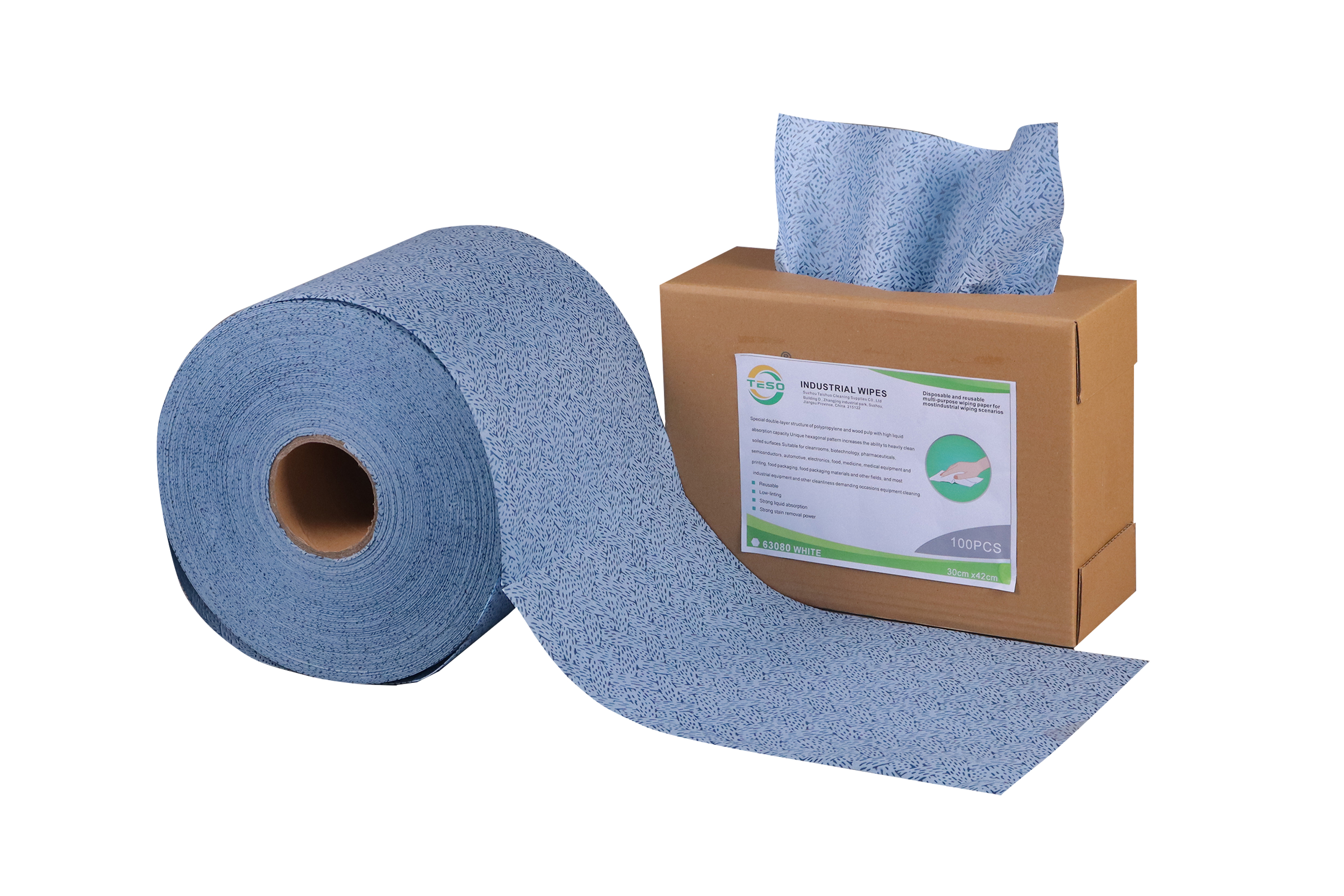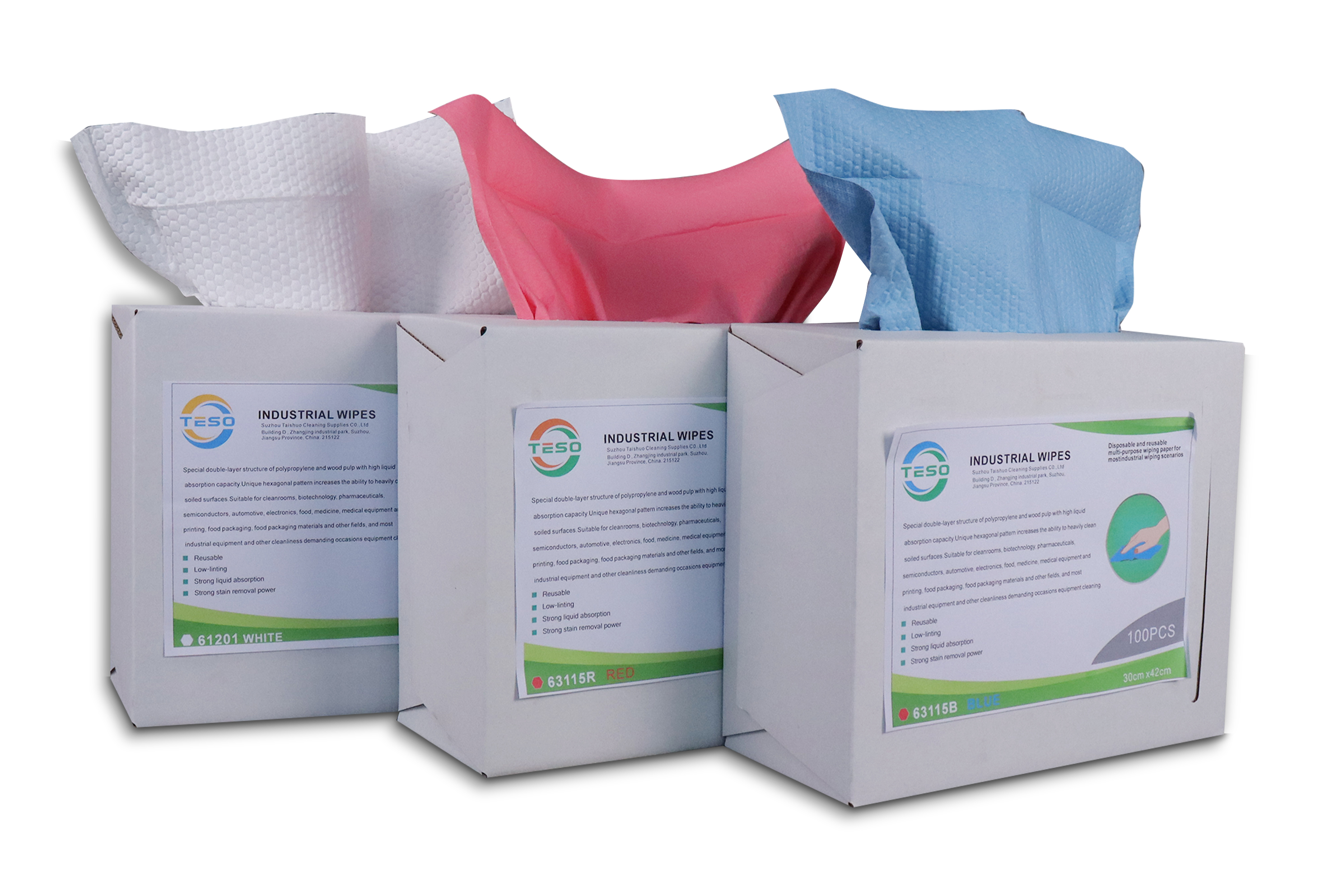Ultrafine fiber, also known as Micro Fiber, is a fiber with a linear density less than 08 dtex produced by composite spinning or direct spinning. The commonly referred to as ultrafine fiber is produced by composite spinning. At present, there are two main types of composite microfibers, one is island-type microfiber and the other is Split type microfiber.
Most of the usual sea-island type composite ultrafine fibers are fixed island type, which consists of two parts: sea component and island component. The polymers of the two components are continuously dense and evenly dispersed in the longitudinal direction inside the fiber. There are many independent and continuous island components in the fixed island type composite fiber. After fiber opening through alkali reduction treatment, each island Get a microfiber.
The more islands there are in a composite fiber, the more microfibers are obtained, and the smaller the linear density of the single filament is. There are many forms of split-type composite microfibers, which are divided into orange-flap type and side-by-side type according to their cross-sectional shape. , skin-core type, gear-shaped, sunflower-shaped, etc. Among them, there are 8 orange-petal types,16, 24 petals, etc.". Orange-petal ultrafine fiber is a composite fiber composed of two polymers staggered in a triangular or arc shape with a cross-section similar to an orange. Orange-petal ultrafine fiber is unique due to its structural characteristics It is relatively easy to fiber open and will break down when subjected to alkali treatment or mechanical external force.
Crack, thereby opening the fibers to achieve the effect of ultra-fine fibers. Microfiber has a more complex three-dimensional structure and can absorb more liquid or dust. The fiber is very fine and the cloth is very soft. When used as a wiping cloth, it will not cause damage to the surface of the object, so it can be used as a high-end material for precision instruments. Wiping cloth. Production preparation ultra There are various processes for fine fiber wiping cloths, and each has its own advantages and disadvantages in performance. Currently, there are three main types of wipers on the market: organic woven fabrics, knitted fabrics and non-woven fabrics. Non-woven fabrics mainly include needle punched wipers and spunlace wipers.Compared with other non-woven fabrics, microfiber non-woven fabrics have the advantages of soft hand feeling and no lint. Because microfiber has a large specific surface area and good capillary effect, microfiber wipes have strong dust collection and decontamination capabilities. With the progress of domestic industry and the improvement of people's daily consumption level,With the improvement, the market prospect of my country's microfiber wipers is becoming increasingly broad. At present, wipers are gradually penetrating into various market areas, and the demand in the mid-to-high-end product market is even more scarce. At the same time, the international demand for microfiber wipes is huge, and the export market will also become larger and larger. Therefore, IDomestic ultrafine fiber wiping cloths deserve vigorous research and development, and various environmentally friendly high-end microfiber wiping cloths are worth looking forward to.
 20 years
Industry experience
20 years
Industry experience
 CN
CN  CN
CN



